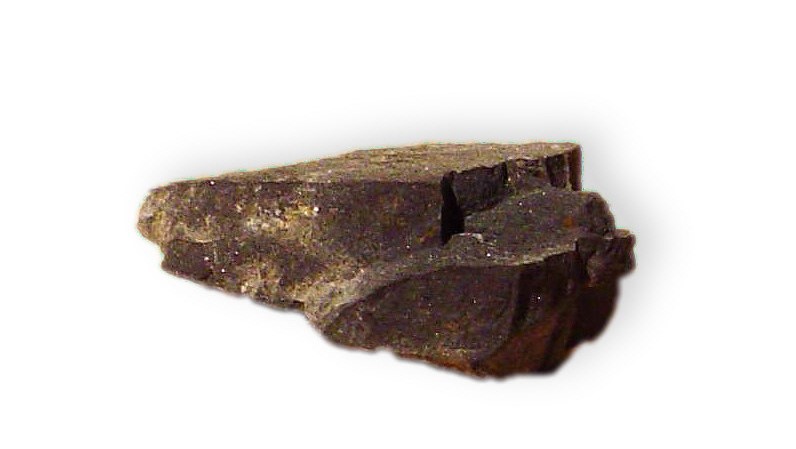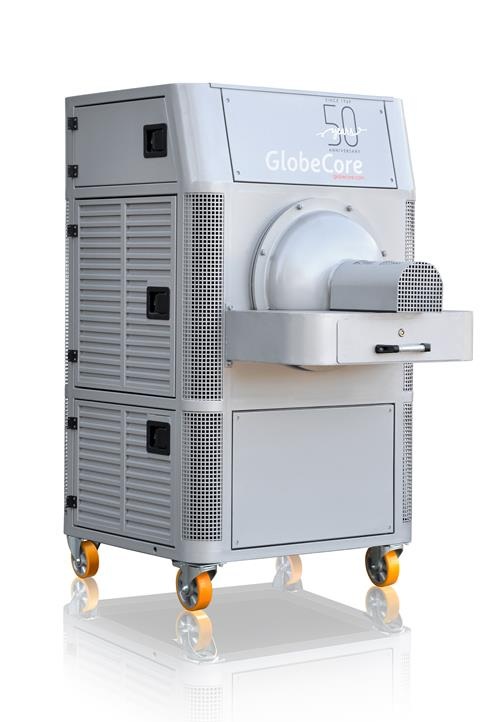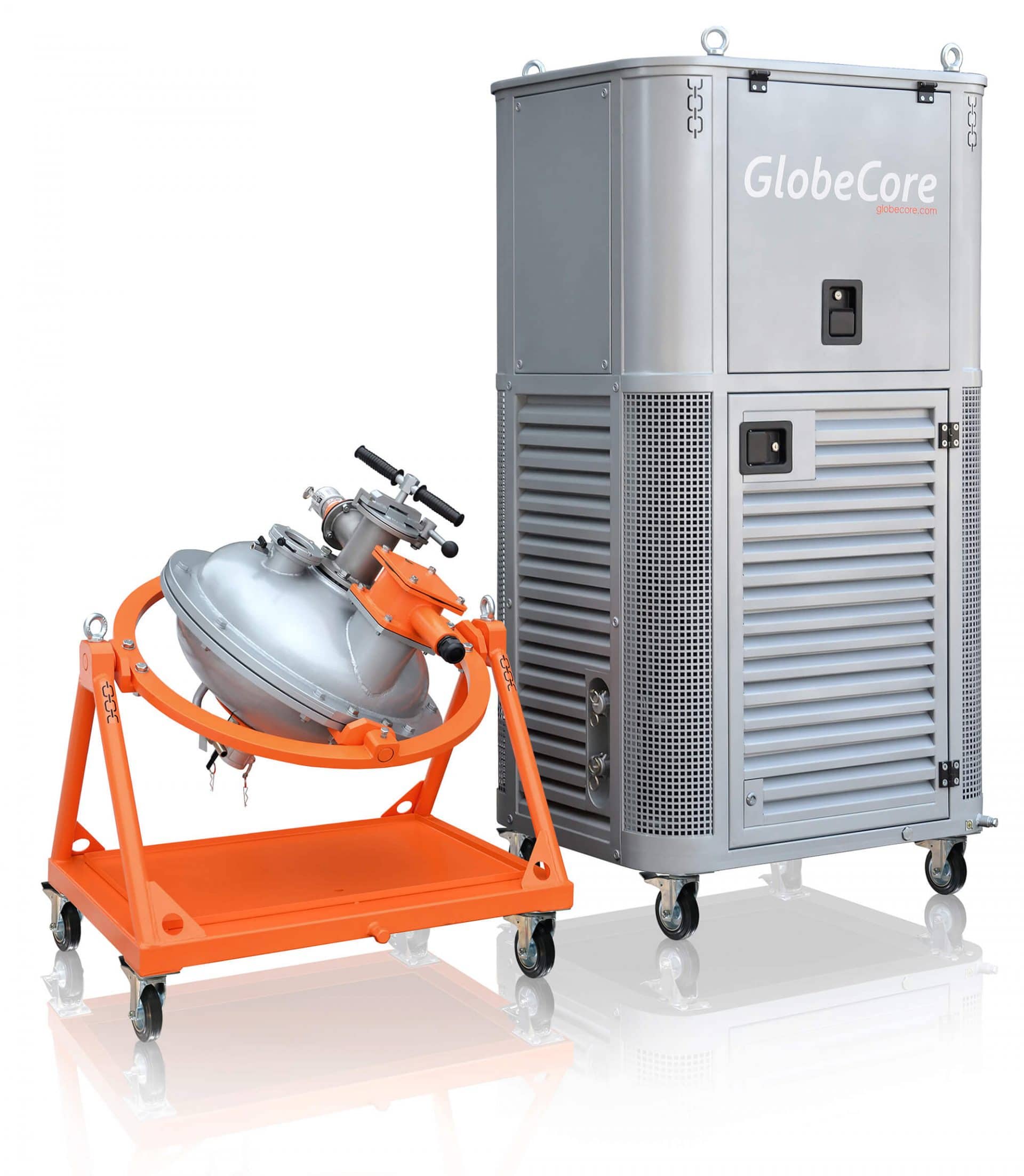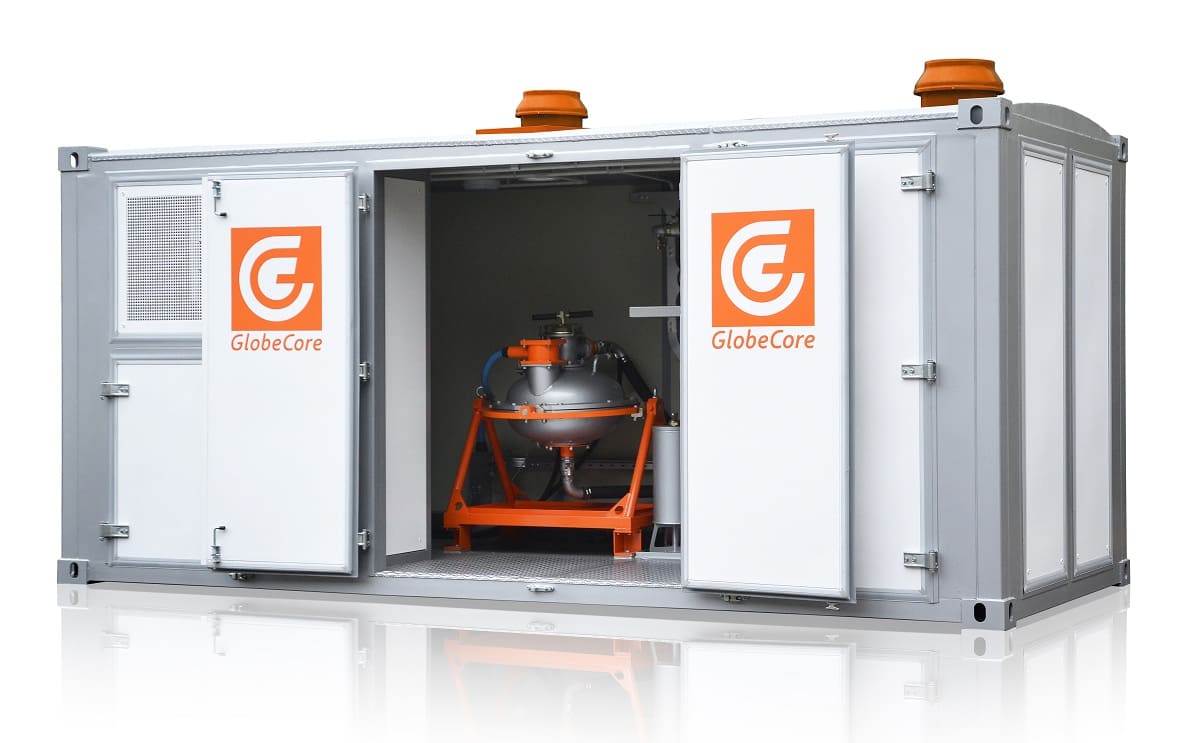In this article, we will discuss oil shale grinding, the process that takes place in obtaining light petroleum products from heavy oil residues.
What are oil shales and how are they applied in obtaining light petroleum products?
The process of obtaining fuel fractions from oil is accompanied by formation of heavy oil residues. These include tars, straight-run fuel oil, pyrolysis resins, cracking residues, etc.
Since oil is a finite resource, it is of interest to reuse such raw materials for obtaining useful products. If heavy oil residues are applied in unchanged form, it will not yield a positive result, because the spent resource will exceed the possible benefit. But if other substances that contain a great amount of hydrocarbon are added to these residues and chemical transformations are carried out, light petroleum products can be additionally obtained from the waste.
Oil shales can be used as an organic mineral additive to heavy oil residues. Oil shales are useful minerals of high hydrocarbon content which are formed from vegetable debris under the influence of geological factors.
Technology for making light petroleum products from heavy oil residues and oil shales
The general technology for obtaining light petroleum products from heavy oil residues is as follows:
- Oil shale grinding.
- Mixing the ground oil shales with the oil residue.
- Cracking the resulting mixture at specified pressure and temperature.
In the said sequence, the first stage is important at which the oil shales are ground; thus, it is important to use optimal equipment for this purpose. Most of classical mills are unable to ensure the necessary homogeneity of the granulometric composition of ground oil shales which decreases the surface and chemical activity of particles in relation to the oil residue and, as a consequence, reduces the yield of light petroleum products. This task can be addressed using a ferromagnetic particles vortex layer device.
Oil shale grinding using a ferromagnetic particles vortex layer technology

At the same time, various factors arise in the vortex layer: magnetostriction of ferromagnetic particles, acoustic vibrations, high local pressures, etc. Under the influence of these factors and the direct impact of particles, intensive oil shale grinding occurs in an aqueous medium. It takes 6 seconds to obtain the necessary homogeneity of granulometric composition. Before applying a vortex layer to the device, the shales should be coarsely ground; for example, a hammer crusher can be used for that purpose.
After regrinding in the vortex layer device, the specific surface of oil shale will be about 7,000 cm2/g, and this shale is continuously batched into another vortex layer device where a heavy oil residue, for example, a heavy pyrolysis resin preheated to 100 °C is fed as well. Due to the influencing factors mentioned above, mixing the components lasts no longer than 6 seconds either.
Next, the resulting mixture is subjected to thermal cracking at the temperature of 415 °C and the pressure of 2 MPa with gas, gasoline and diesel fractions obtained.
Expected effect and advantages of AVS
The use of vortex layer devices allows increasing the yield of light petroleum products by 10–15% compared to conventional mills and mixers.
In addition, the device has compact dimensions, is easily integrated into the existing technological lines, consumes not more than 9.5 kW of power, and demonstrates noiseless operation.
GlobeCore produces vortex layer devices for various industrial applications, including the obtainment of light petroleum products from heavy oil residues and oil shales. For more information, please use some of the contact details that you can find in the appropriate website section.


 AVSp-100 Vortex Layer ...
AVSp-100 Vortex Layer ... AVS-100 Mixing Machine. ...
AVS-100 Mixing Machine. ... AVSk-150 Wastewater Treatment ...
AVSk-150 Wastewater Treatment ...